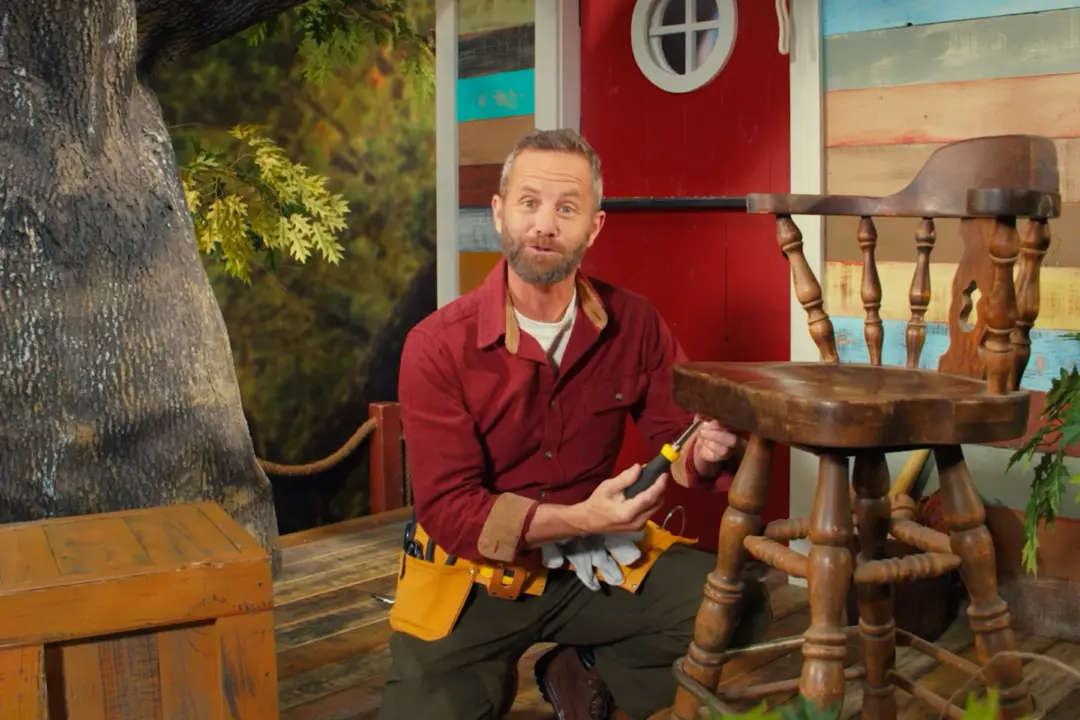PG-13 | 1h 43m | Documentary, Docudrama, Science, Spirituality | 2023
Striking while the iron is still relatively hot, the company (Angel Studios) that produced the out-of-left-field summer hit “Sound of Freedom” has followed it with “After Death,” a sprawling and intriguing documentary centering on the Near Death Experience (NDE) phenomenon.






